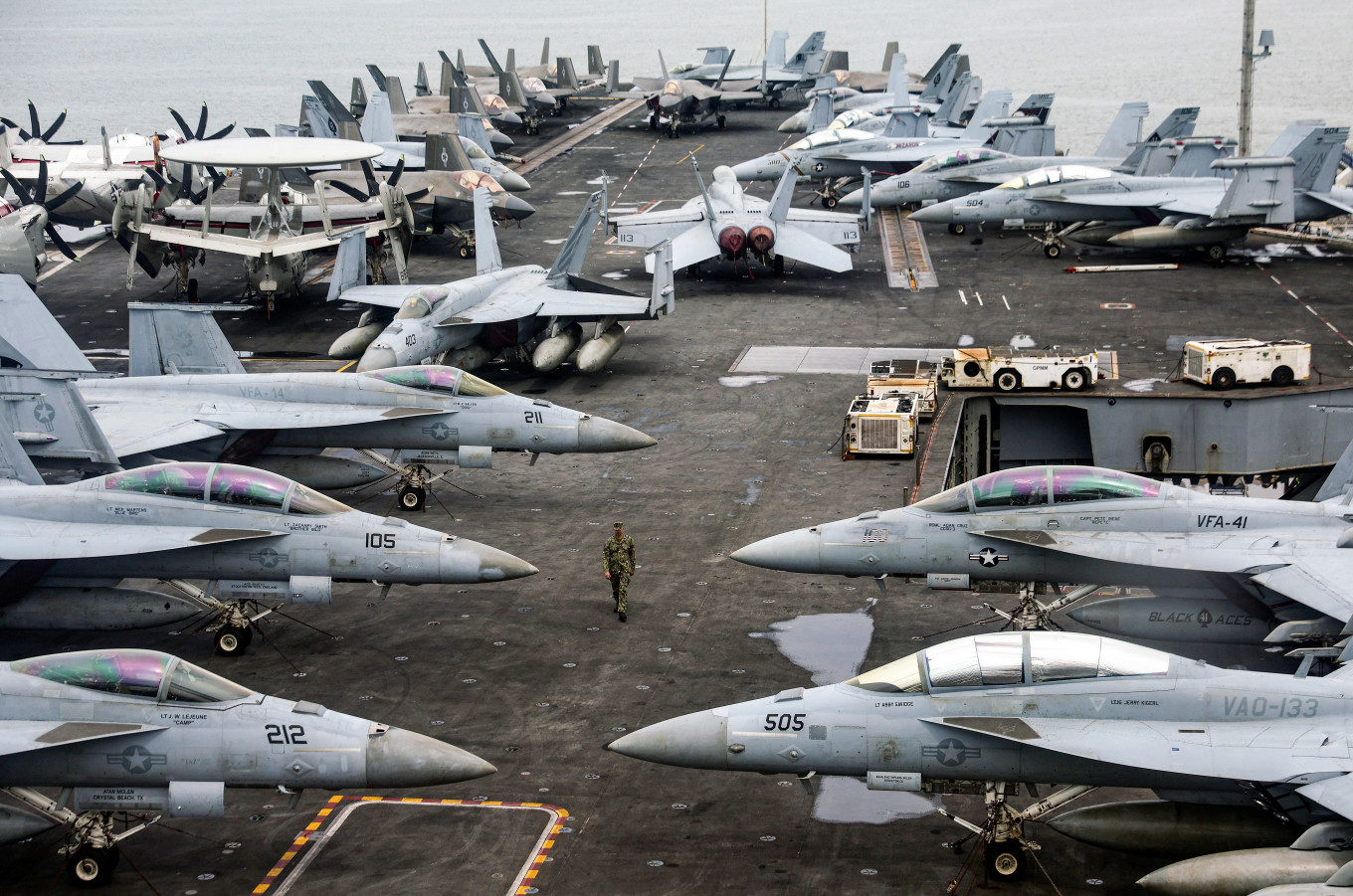he South China Sea (SCS), the East China Sea (ECS) and the Taiwan Strait are currently maritime areas with alarming potential for conflict, largely due to the increasing presence of the aircraft carriers of the global powers, namely those belonging to the North Atlantic Treaty Organization (NATO) member states and China.
Beyond those regions, their carriers have also extended operations into the Pacific Ocean, as shown by China’s aircraft carrier, Liaoning, accompanied by its carrier strike group, entering Japan’s Exclusive Economic Zone (EEZ) near the waters of Iwo Jima some time ago.
Recently, the United States, France and Italy have deployed their aircraft carriers to the SCS. The US’s USS Nimitz, France’s FS Charles de Gaulle and Italy’s ITS Cavour have all been present in the SCS on separate missions.
The Charles de Gaulle conducted joint military exercises with the Philippine Navy, while the USS Nimitz and ITS Cavour carried out Freedom of Navigation Operations (FONOPS) in waters they consider international, while disregarding China’s unilateral claims to the SCS.
Furthermore, France is increasingly bolstering its military presence in Southeast Asia by conducting joint exercises with the Philippines and other Southeast Asian countries that have territorial disputes with China in the SCS. In addition, the French Navy has frequently conducted joint exercises in the SCS alongside the US and Philippine navies.
Importantly, US allies beyond France and Italy have also contributed to NATO’s carrier presence in the region. In 2021, the UK’s aircraft carrier HMS Queen Elizabeth was stationed in the Indo-Pacific throughout the year, sailing alongside warships from Italy, the Netherlands, and the US. The Queen Elizabeth carrier strike group also operated in the SCS, conducting FONOPS and combat training.
Unsurprisingly, the presence of warships in these maritime flashpoints has sparked protests from China.

